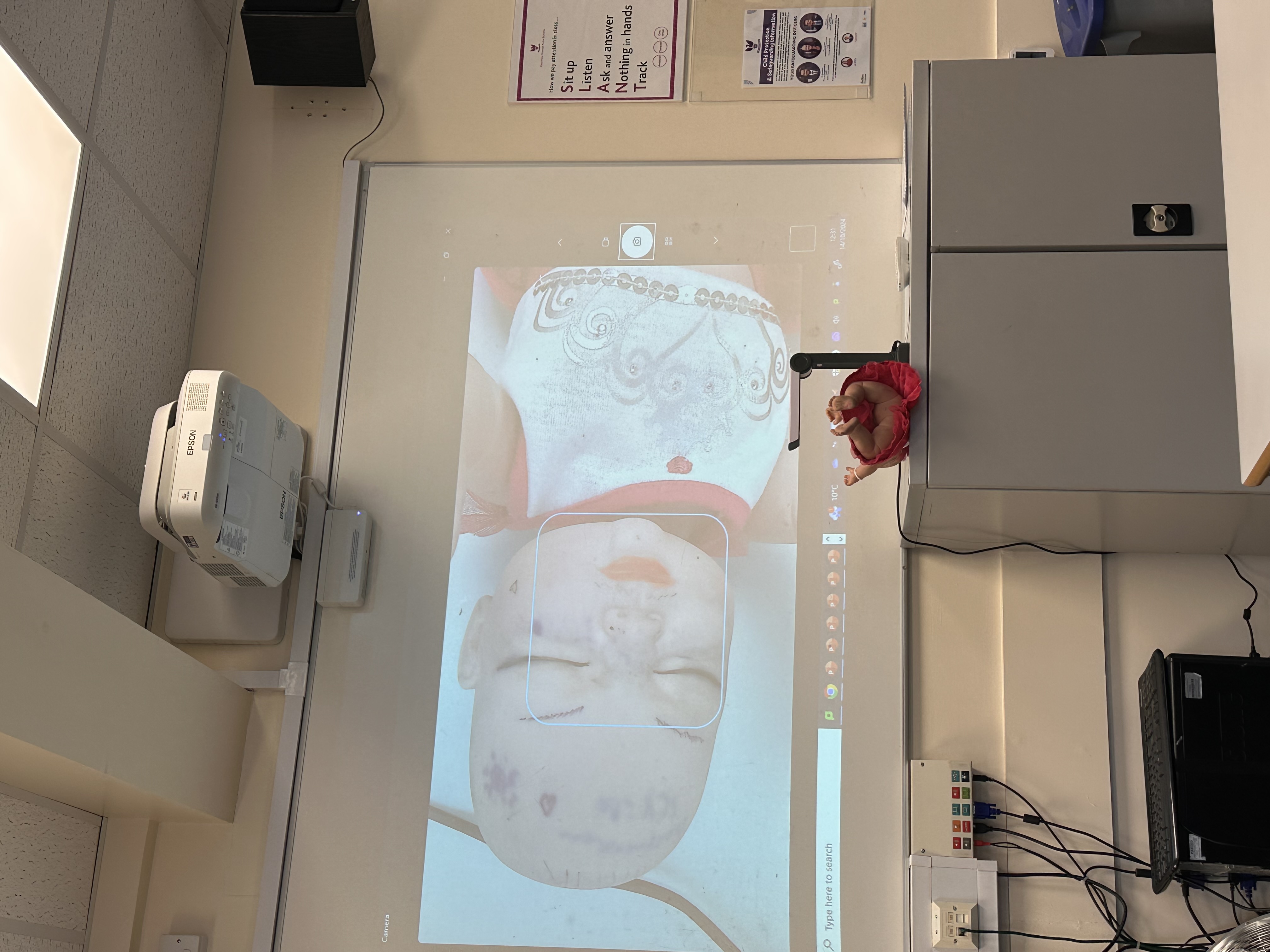Localisation of function in the brain
Cards (19)
- Define localisation of function in the brain.
- Outline localisation of function in the motor cortex.
- Outline localisation of function in the somatosensory cortex.
- Outline localisation of function in the auditory cortex.
- Outline localisation of function in the visual cortex.
- Outline the localisation of function of Broca’s area.
- Outline the localisation of function of Wernicke’s area.
- A strength of localisation of function in the brain - received SE from post-mortem examinations.
- A limitation is that supporting evidence through post-mortem examinations cannot establish cause and effect.
- strength of localisation of function in the brain is that it has received further supporting evidence from brain scanning studies.
- limitation of localisation of function in the brain is that it has received opposing evidence.
- limitation of localisation of function in the brain - too reductionist.
- One way in which researchers have studied localisation of function in the brain
- brain scanning techniques to study localisation of function in the brain
- researchers have studied localisation of function in the brain is through animal lesion studies.
- limitation of post-mortem examinations as used to investigate localisation of function in the brain is that they cannot establish cause and effect.
- strength of fMRI as used to investigate localisation of function in the brain is that it has high spatial resolution.
- limitation of fMRI as used to investigate localisation of function in the brain is that it has low temporal resolution.
- limitation is that some methods of studying localisation of function in the brain have relied upon animals.
